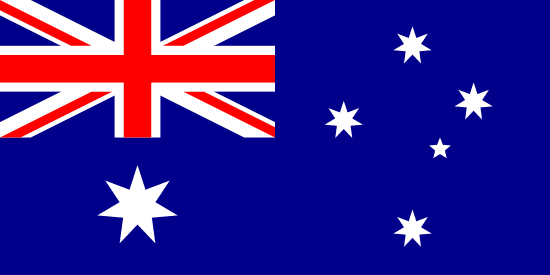"Coffs Harbour: Where the Mountains Meet the Sea | Where the Mountains Meet the Sea"
About:
Coffs Harbour, a city on the north coast of New South Wales, Australia, was established in 1847 as a timber camp. It was named after John Korff, who sought shelter in the area during a storm in 1847. The city grew rapidly in the 20th century due to banana farming, tourism and fishing. Today, Coffs Harbour is known for its diverse economy, beautiful beaches, and the iconic Big Banana, symbolising its role as a major banana-growing district.
When to visit:
Coffs Harbour, located on the east coast of Australia, experiences a mild and temperate climate year-round. The most popular time to visit Coffs Harbour is during the summer months of December to February when temperatures are warm and ideal for outdoor activities such as swimming and hiking. However, shoulder seasons of autumn (March to May) and spring (September to November) also offer pleasant weather with fewer crowds. Winter (June to August) in Coffs Harbour is cooler but still enjoyable, especially for whale watching and exploring the lush rainforests in the region.
When to avoid:
Coffs Harbour, located on the east coast of Australia, experiences its peak tourist season during the summer months of December to February. However, the worst time to travel to Coffs Harbour on a holiday would likely be during the wet season, which typically occurs from March to May. This period is characterized by heavy rainfall, high humidity, and the potential for tropical cyclones. Traveling during this time may result in limited outdoor activities and disruptions due to inclement weather conditions, impacting the overall holiday experience. It is advisable to plan your trip to Coffs Harbour outside of the wet season for more favorable weather conditions.
"Winter (June-August)"
Coffs Harbour's winter (June-August) is the coldest and wettest season. Average temperatures range from 8-20°C, with rainfall peaking in August at about 100mm. Despite this, it's still relatively mild compared to other regions. The days are shorter with around 7 hours of daylight, and cloud cover is more common, reducing sunlight exposure. However, severe weather is rare. An average day for a visitor might involve chilly mornings, overcast skies, and occasional showers, but also periods of sunshine allowing for outdoor activities.
Summer (December-February)
In Coffs Harbour, the warmest part of the year is from December to February, during the Southern Hemisphere's summer. Typical daily high temperatures range from 25°C to 29°C, rarely falling below 22°C or exceeding 32°C. Nighttime lows are generally around 20°C.
Rainfall is relatively high during these months, with an average monthly precipitation about 150-200 mm, making it the wettest season. However, rainfall often occurs in brief, heavy showers followed by sunshine.
Sunlight hours are abundant, with an average of 7 to 8 hours per day. Despite the rainfall, this period has the most clear and partly cloudy days, with cloud cover varying from 35% to 50%.
Humidity is quite high, averaging around 70-80%. This can make the heat feel more intense, but the frequent sea breezes offer a refreshing relief.
A typical day for a visitor would involve warm, humid weather with a mix of sunshine and periods of rain, usually in the afternoon or evening. Despite the rain, there's plenty of time to enjoy outdoor activities such as beach visits, surfing, and exploring the natural beauty of the area. The evenings are comfortably warm, perfect for outdoor dining or strolls along the beach.
Language:
In Coffs Harbour, a city located in New South Wales, Australia, the most commonly spoken language is English. However, due to its diverse population, there are also speakers of Punjabi, Mandarin, Italian, and Arabic, among other languages.




